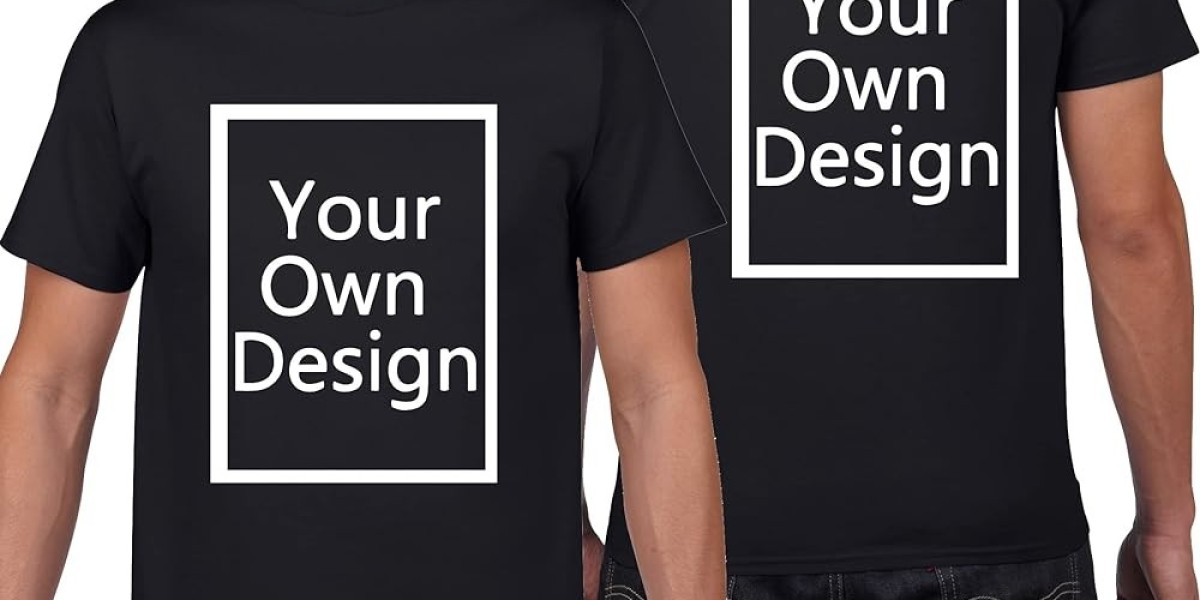Introduction
Silk screen printing, also known as serigraphy, is a fascinating printing technique that allows you to transfer designs onto various materials. From t-shirts to posters, silk screen printing offers endless possibilities for creating custom prints with vibrant colors and crisp details. In this beginner's guide, we'll explore the basics of silk screen printing, including essential tools, techniques, and expert tips to help you get started on your printing journey.
Understanding Silk Screen Printing
What is Silk Screen Printing?
Silk screen printing involves using a mesh screen to transfer ink onto a substrate, such as fabric or paper. A stencil is used to create the desired design, allowing ink to pass through the open areas of the mesh screen onto the surface below. This method is renowned for its ability to produce high-quality prints with intricate details.
Benefits of Silk Screen Printing
One of the main advantages of silk screen printing is its versatility. It can be used to print on a wide range of materials, including textiles, plastics, glass, and metal. Additionally, silk screen printing offers excellent color saturation and durability, making it ideal for producing long-lasting prints that withstand repeated washing and handling.
Essential Tools and Materials
Silk Screen Frame
The silk screen frame holds the mesh screen in place during the printing process. These frames come in various sizes and materials, such as aluminum or wood, and can be purchased pre-stretched or as DIY kits for custom sizing.
Mesh Screen
The mesh screen is the surface through which ink is transferred onto the substrate. It comes in different mesh counts, which determine the level of detail and ink deposition. Lower mesh counts are suitable for printing opaque designs on fabrics, while higher mesh counts are ideal for fine details and intricate patterns.
Squeegee
The squeegee is used to force ink through the mesh screen and onto the substrate. It typically consists of a rubber blade attached to a handle and comes in various shapes and sizes to accommodate different printing needs. A properly sized squeegee ensures even ink distribution and smooth printing results.
Printing Techniques
Single Color Printing
Single color printing is the most straightforward silk screen printing technique, involving the use of a single stencil and ink color. It's ideal for basic designs and beginner printers looking to hone their skills before tackling more complex projects.
Multi-Color Printing
Multi-color printing involves layering multiple stencils and ink colors to create vibrant, multi-dimensional prints. This technique requires precise registration and alignment of each color layer to avoid misalignment and blurring. Advanced printers often use registration marks and jigs to ensure accurate placement of each color.
Troubleshooting and Tips
Ink Bleed
One common issue in silk screen printing is ink bleed, where the ink spreads beyond the intended design boundaries. To prevent ink bleed, ensure proper screen tension, use the correct squeegee angle, and avoid excessive pressure during printing.
Stencil Clogging
Stencil clogging can occur when the mesh screen becomes blocked with dried ink or debris, resulting in blurry or incomplete prints. Regularly clean and maintain your screens using appropriate solvents and cleaning solutions to prevent clogging and ensure optimal print quality.
Conclusion
Silk screen printing is a versatile and rewarding printing technique that offers endless opportunities for creative expression. By mastering the basics of silk screen printing, including essential tools, techniques, and troubleshooting tips, you can unleash your creativity and create stunning prints that showcase your unique style. Whether you're a beginner or experienced printer, silk screen printing is a timeless art form that continues to inspire artists and makers worldwide.



